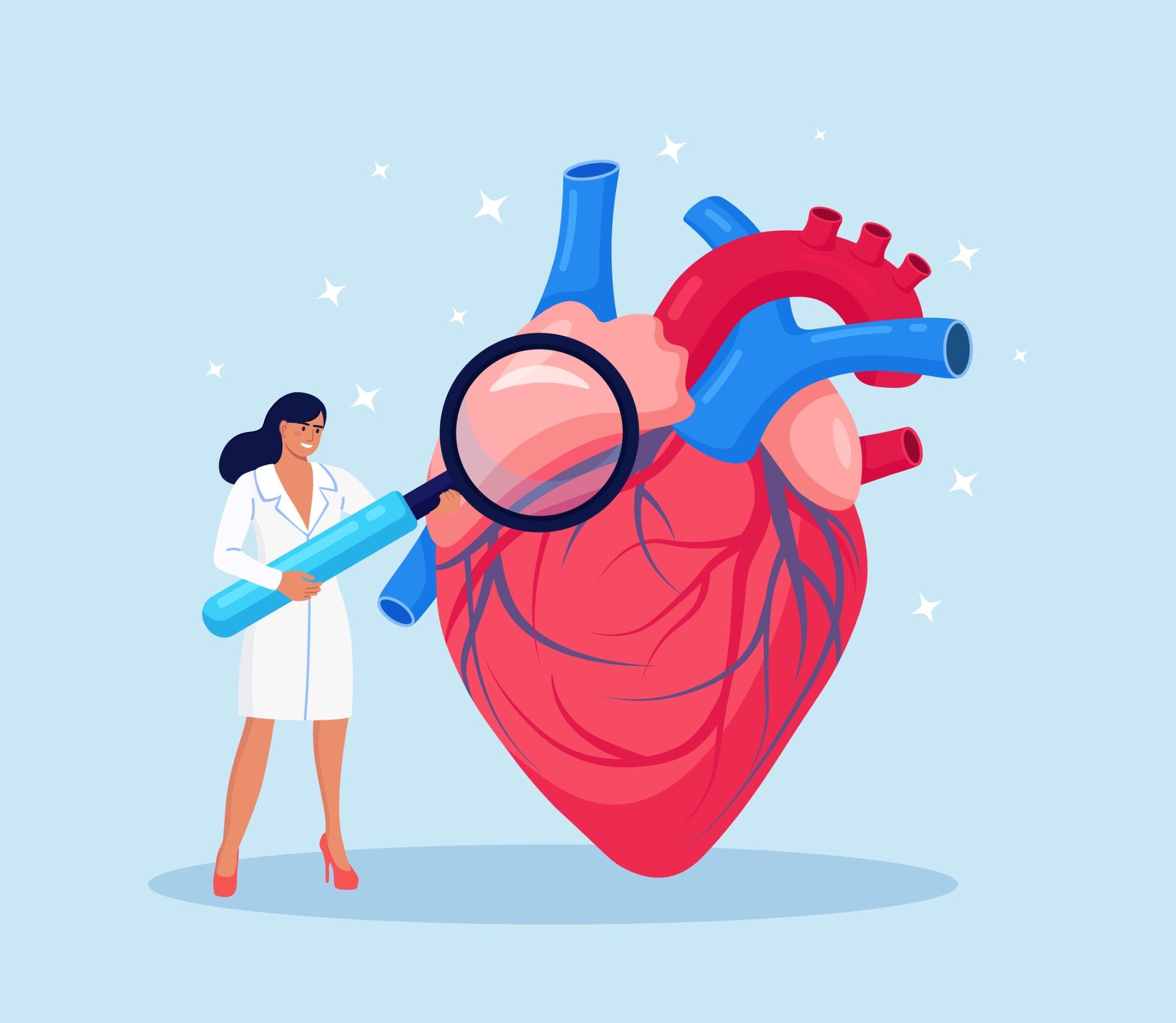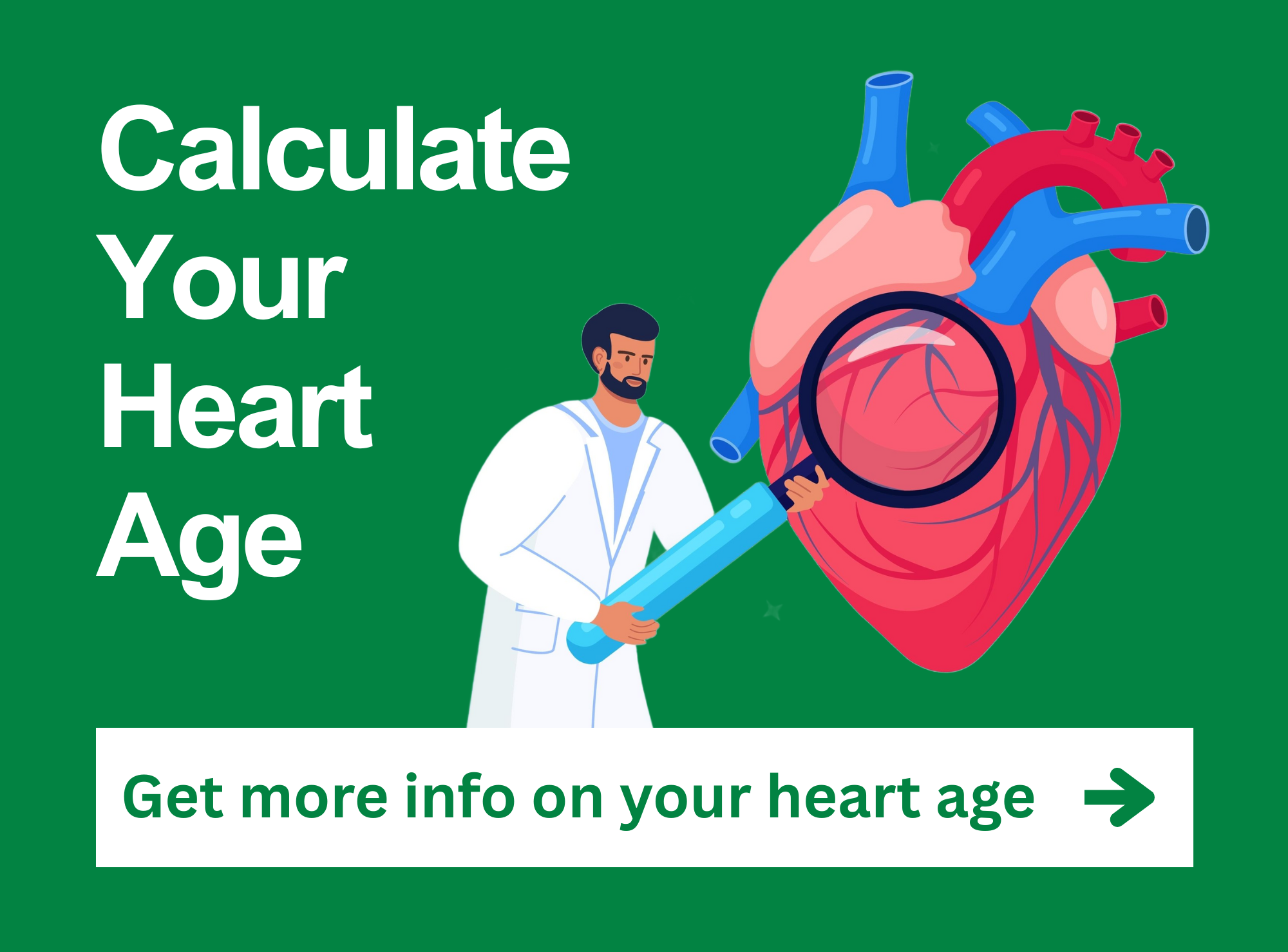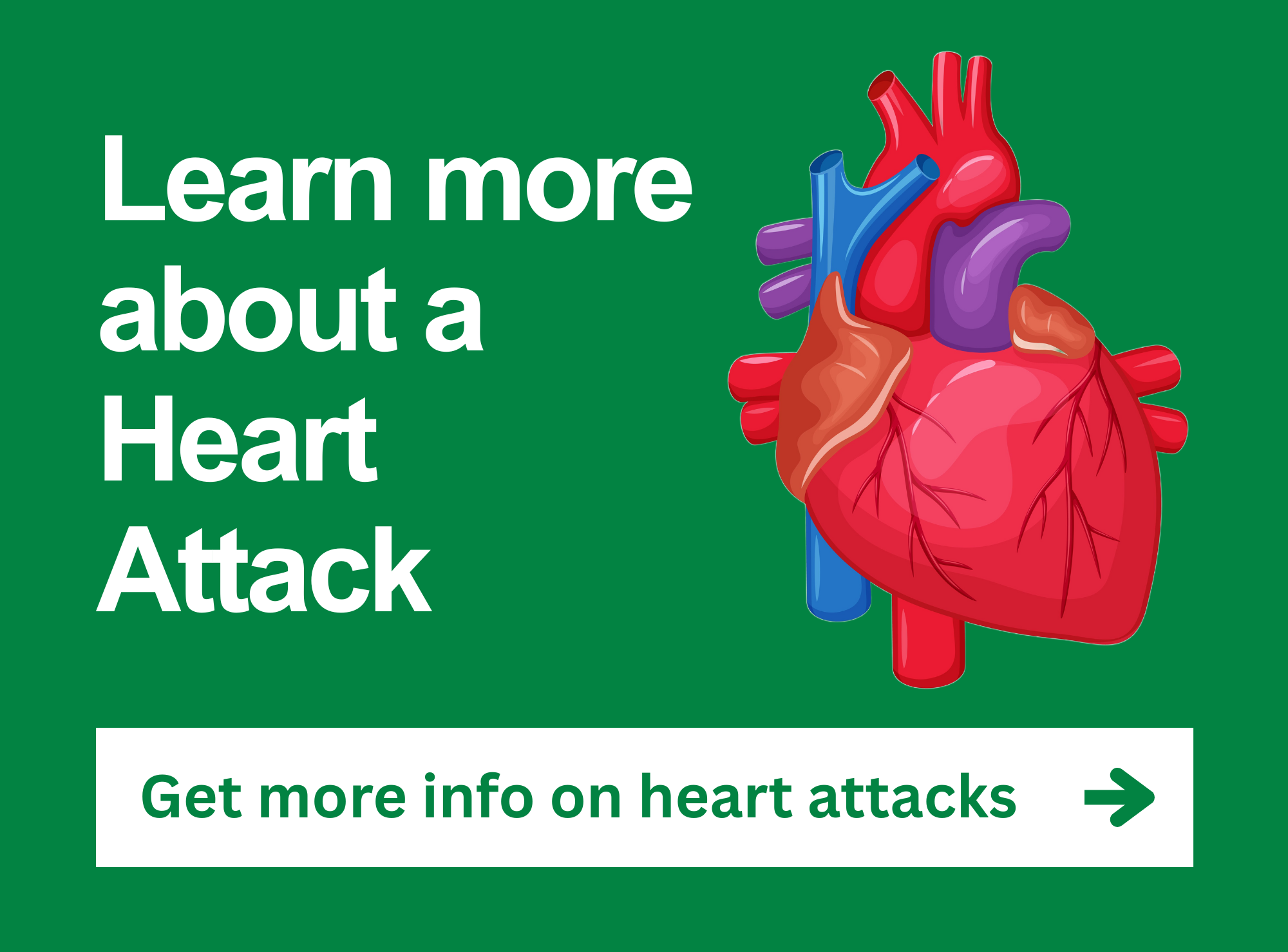Cardiovascular disease (CVD) is a general term for conditions affecting the heart or blood vessels.
It's usually associated with a build-up of fatty deposits inside the arteries (atherosclerosis) and an increased risk of blood clots.
It can also be associated with damage to arteries in organs such as the brain, heart, kidneys and eyes.
CVD is one of the main causes of death and disability in the UK, but it can often largely be prevented by leading a healthy lifestyle.
There are many different types of CVD. Four of the main types are:
- Coronary Heart Disease
- Strokes and TIAs
- Periopheral Arterial disease
- Aortic Disease
Causes of CVD
The exact cause of CVD isn't clear, but there are lots of things that can increase your risk of getting it. These are called "risk factors". The more risk factors you have, the greater your chances of developing CVD.
If you're over 40, you'll be invited by your GP for an NHS Health Check every 5 years.
Part of this check involves assessing your individual CVD risk and advising you how to reduce it if necessary.
Symptoms of a heart attack ??
Symptoms of a heart attack can include:
- chest pain – a feeling of pressure, heaviness, tightness or squeezing across your chest
- pain in other parts of the body – it can feel as if the pain is spreading from your chest to your arms (usually the left arm, but it can affect both arms), jaw, neck, back and tummy
- feeling lightheaded or dizzy
- sweating
- shortness of breath
- feeling sick (nausea) or being sick (vomiting)
- an overwhelming feeling of anxiety (similar to a panic attack)
- coughing or wheezing
The chest pain is often severe, but some people may only experience minor pain, similar to indigestion.
While the most common symptom is chest pain, symptoms can vary from person to person. Some people may have other symptoms such as shortness of breath, feeling or being sick and back or jaw pain without any chest pain.




